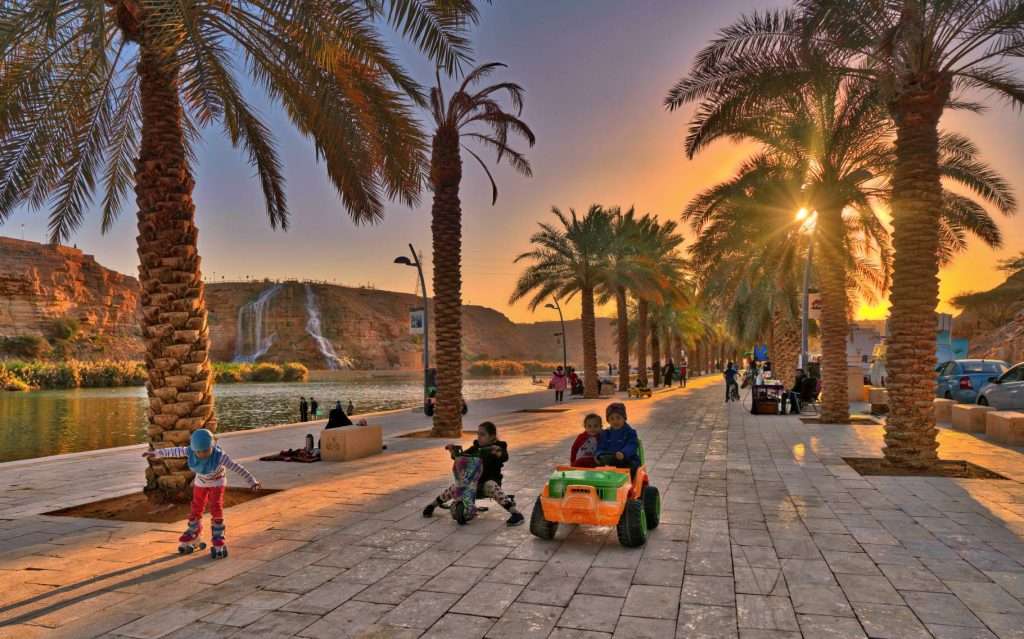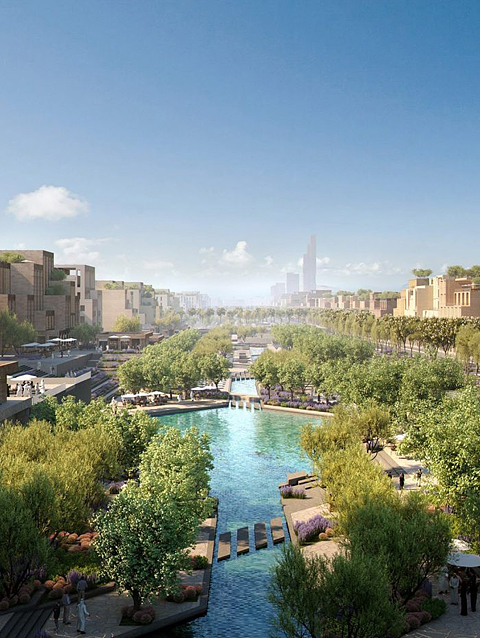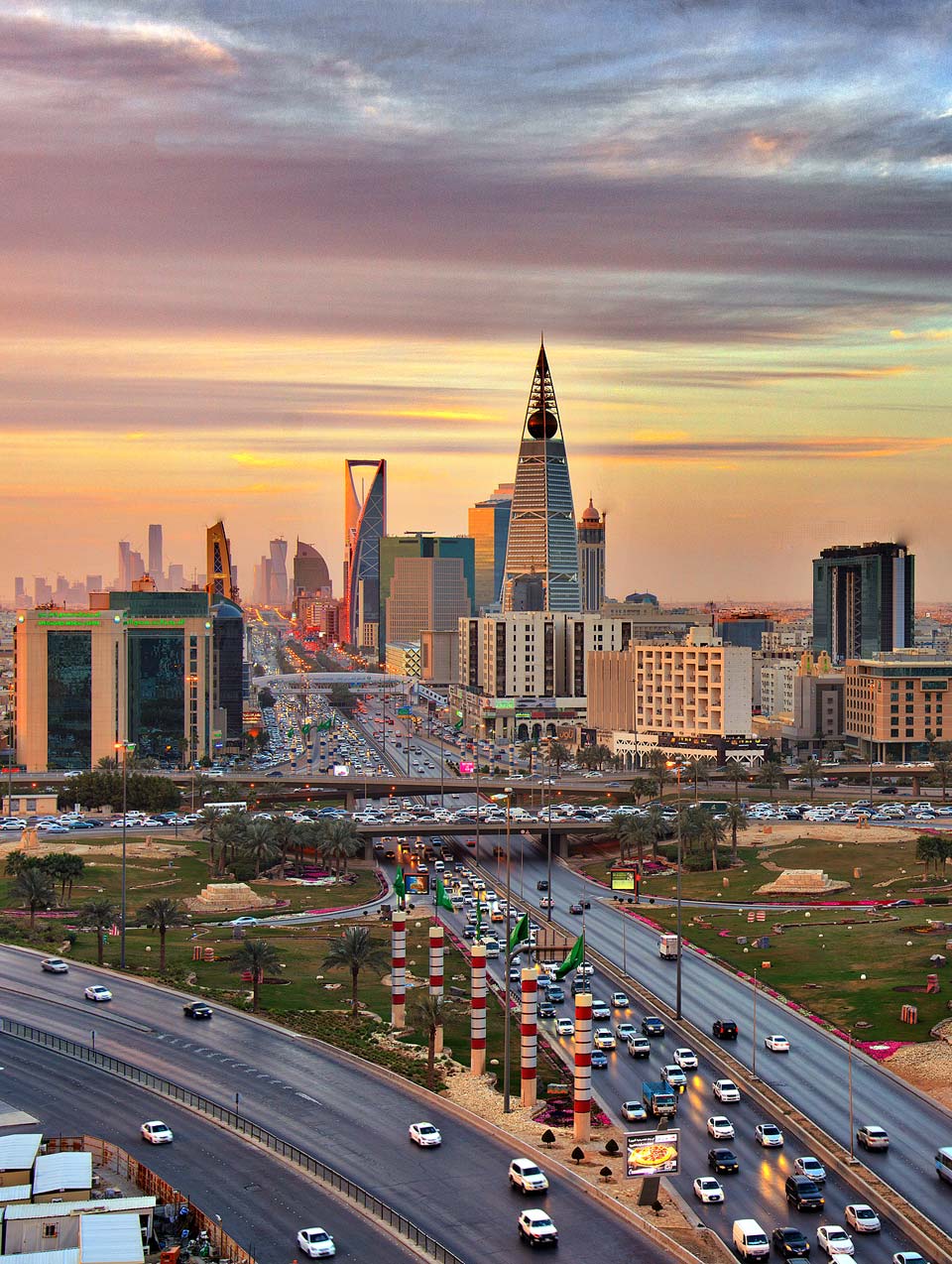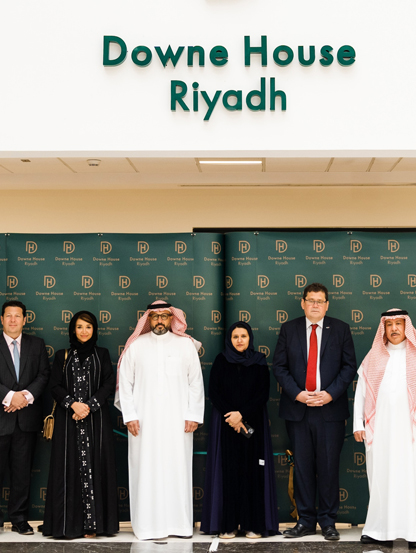HOME / PROGRAMS AND PROJECTS
Environmental rehabilitation project for Wadi Namar
RCRC has established a program for the environmental rehabilitation of the tributary valleys of Wadi Hanifa, which aims to rehabilitate and develop these tributaries and turn them into attractive natural recreation areas. One of the axes of this program was the development of Wadi Namar which is in the southern part of the city of Riyadh.
The wadi extends from west to east and meets Wadi Hanifa in Ateeqa district. The environmental rehabilitation project for Wadi Namar in its first phase covers the path of the valley starting from Lake Namar Dam until its confluence with Wadi Hanifa in Ateeqa district in the east, with a length of 6 km. While the second phase of the project extends 6 km from Wadi Namar Dam towards the west.
The first stage
The first phase of the environmental rehabilitation project for Wadi Namar included the following:
Road works and facilities
The traffic plan in the valley is limited to local traffic that serves the residents of the valley and visiting hikers. The road that cuts through the valley was designed in a way that reduces its impact during floods and torrential rains, and the rocky edges of the road prevent vehicles from entering the valley.
The road is 6 km long, and there is parking for 800 cars on both sides. It is equipped with directional signs, traffic signs, and speed reducers.
Sidewalks and footpaths
Aggregate paths for pedestrians have been implemented at the site with a length of 892 meters, passing through rock formations and wooded areas and near the water canal, and walkways adjacent to the road act as a service corridor.
Lighting of roads and open spaces
The roads and pedestrian paths are illuminated in a manner commensurate with the environment and nature of the valley through the installation of lighting units with 245 poles in the open squares and in separate locations throughout the valley.
Afforestation and irrigation
Wadi Namar underwent a major rehabilitation process in terms of revegetation, through which the valley was planted with 520 palm trees along the pedestrian walkways, while more than 9,500 shrubs of various varieties were planted in the valley.
The afforestation process was carried out according to scientific foundations to achieve sustainability in the project and considers the environmental and climatic requirements of the region. Trees native to the desert valley environment were used, and an irrigation system will be in operation during dry seasons, consisting of several wells and irrigation lines with a length of 1,600 meters.
The lake and the permanent aqueduct
One of the most prominent elements of the project is the Namar Dam Lake, which is 2 kilometers long, has an area of 200,000m2, and reaches a depth of about 20 meters.
A stone canal for ever-flowing water has also been implemented in the valley, with a length of 3100 meters, a width of 8 meters, and a depth of 1.5 meters, from the Namar Dam to the mouth of Wadi Hanifa.
Corniche
The sidewalks overlooking the park’s lake are equipped in the form of a 2-kilometer-long corniche, where palm trees are strewn with restrooms and kiosks. They are also equipped with seating areas overlooking the lake, and entrances to transport picnickers between the outskirts of the lake and the corniche.
The opening of the first stage
On Tuesday 18 Jumada al-Awwal 1433 AH, His Royal Highness Prince Sattam bin Abdulaziz inaugurated the first phase of the environmental rehabilitation project for the Namar Valley and the opening of the Namar Valley Dam Park.
The second phase
The second phase of the Namar Valley Environmental Rehabilitation Project extends 6 kilometers from the Namar Valley Dam towards the west, with a total area of 650,000m2. This phase came as a continuation of the efforts of RCRC to restore and protect the environmental values in the valley and rehabilitate it to be an attractive natural destination for hikers, in addition to its primary role as a drain for torrential waters.
The work in the second phase included cleaning the torrents, in addition to rehabilitating a natural lake with an area of 30,000m2, and establishing a sedimentation lake with an area of 15,000m2.
Road works and services
In terms of infrastructure, the works of the second phase of the project included the construction of local roads with a length of 7km, parking lots for 850 cars, sidewalks, and pedestrian paths, in addition to the implementation of lighting works for the project facilities, and four toilets.
Environmental and recreational facilities
The second phase of the project included the construction of a 550-meter-long lakeside park, the improvement of water channels with a length of 6 kilometers, and the planting of 2,070 trees scattered throughout the project and several shrubs to contribute to improving air quality, restoring vegetation in the area, and providing a suitable environment that enhances biodiversity. Several kiosks opposite the lake have also been installed to serve hikers and valley-goers.



